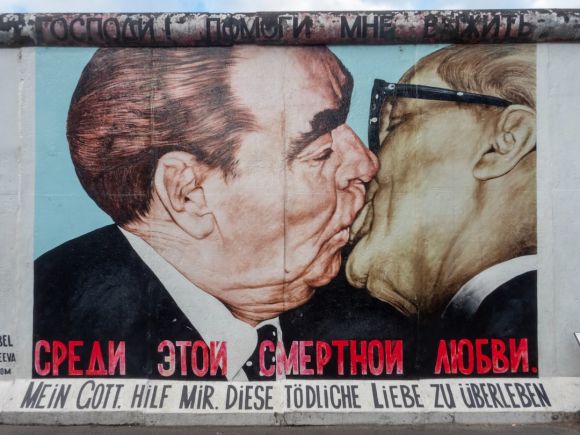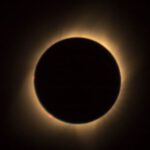The Berlin Wall, a symbol of the Cold War and the division between East and West Germany, stood for 28 long years. Its fall on November 9, 1989, was a momentous event that marked the beginning of the end of the Iron Curtain. But what events led to this historic turning point? Let’s explore the key factors that ultimately led to the fall of the Berlin Wall.
Economic Struggles and Political Dissent
In the years leading up to the fall of the Berlin Wall, East Germany was grappling with severe economic difficulties. The centrally planned economy was burdened with inefficiencies and lacked innovation. Meanwhile, the West German economy was flourishing, providing a stark contrast to the struggle of their eastern counterparts. This economic disparity fueled discontent among East Germans, leading to increased political dissent and calls for change.
Glasnost and Perestroika
In the mid-1980s, Soviet leader Mikhail Gorbachev introduced the policies of glasnost (openness) and perestroika (restructuring). These policies aimed to bring about political and economic reforms within the Soviet Union and its satellite states. Gorbachev’s reforms had a ripple effect throughout the Eastern Bloc, inspiring a desire for change and greater freedom among the citizens of East Germany.
Peaceful Protests and Mass Demonstrations
Peaceful protests and mass demonstrations played a crucial role in the events leading up to the fall of the Berlin Wall. In September 1989, thousands of East Germans took to the streets of Leipzig, demanding political reform and greater freedom of expression. The peaceful nature of these protests and the determination of the demonstrators sent a powerful message to the East German government and the world.
Hungary Opens its Borders
Another significant event that paved the way for the fall of the Berlin Wall was Hungary’s decision to open its borders with Austria in August 1989. This move allowed thousands of East Germans to escape to the West, effectively bypassing the heavily guarded Berlin Wall. The mass exodus of East Germans highlighted the desperation and desire for freedom that permeated the country.
Miscommunication and a Historic Press Conference
On November 9, 1989, a press conference was held in East Berlin to announce new travel regulations. Due to a miscommunication, the spokesperson mistakenly stated that the new regulations would allow East Germans to cross the border immediately. This statement sparked a wave of confusion and excitement, leading thousands of East Germans to gather at the checkpoints of the Berlin Wall. Faced with the overwhelming crowd, the border guards eventually gave in, allowing people to pass through freely. This spontaneous turn of events led to the dismantling of the Berlin Wall and the reunification of Germany.
The Aftermath and the End of the Cold War
The fall of the Berlin Wall marked a turning point in history, not only for Germany but also for the entire world. The event symbolized the end of the Cold War and the collapse of communism in Eastern Europe. It paved the way for the reunification of Germany and the subsequent dissolution of the Soviet Union. The fall of the Berlin Wall was a testament to the power of the people and their relentless pursuit of freedom and democracy.
In conclusion, the fall of the Berlin Wall was the culmination of a series of events that exposed the economic struggles, political dissent, and desire for change among the citizens of East Germany. Gorbachev’s reforms, peaceful protests, Hungary’s decision to open its borders, and a miscommunication during a press conference all played their part in this historic moment. The fall of the Berlin Wall marked not only the reunification of Germany but also the end of the Cold War and the beginning of a new era of freedom and democracy.





